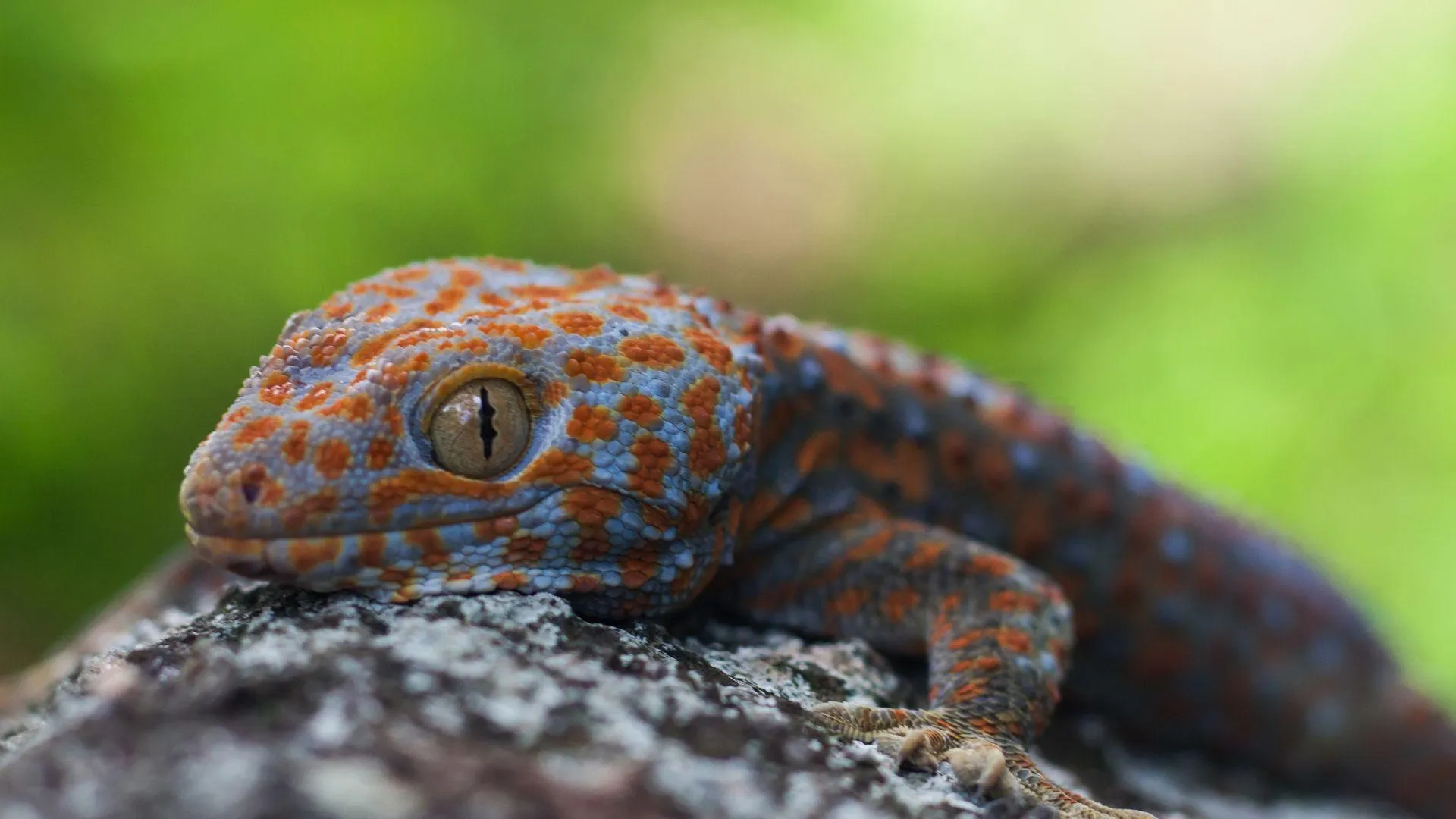Tokay Gecko vs Tarantula The Ultimate Showdown
The natural world is filled with incredible battles for survival, and few are as intriguing as the potential face-off between a Tokay Gecko and a Tarantula. These two creatures, vastly different in their appearance and methods, occupy similar habitats in certain parts of the world, raising the question: who would win in a fight? This article delves into the characteristics, behaviors, and advantages of each animal to determine the likely outcome of a Tokay Gecko versus Tarantula encounter. We’ll explore their physical attributes, hunting strategies, and environmental factors to provide a comprehensive analysis of this fascinating clash of the titans.
Tokay Gecko Profile
The Tokay Gecko (Gekko gecko) is a large, robust gecko native to parts of Southeast Asia. Known for its distinctive call, which sounds like “to-kay,” this reptile is a formidable predator in its own right. Their vibrant colors, ranging from gray to blue, and often featuring orange or red spots, help them blend into their environment, making them excellent ambush predators. Their powerful jaws and sharp teeth are perfectly designed for catching and holding prey. They are nocturnal creatures, active during the night when they hunt insects and small vertebrates.
Physical Characteristics
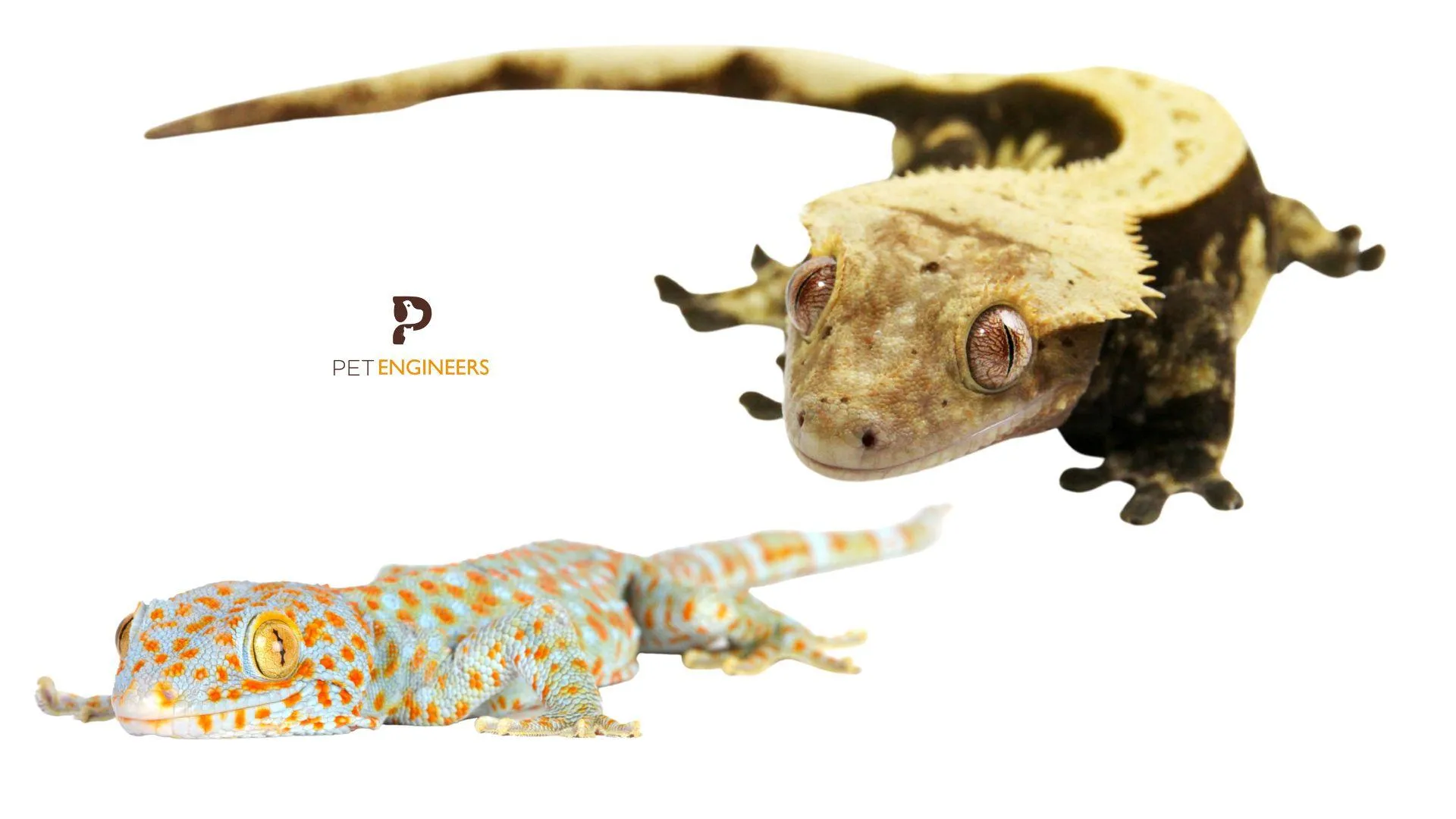
Tokay Geckos can grow up to 13 inches in length, with a muscular build that aids in both climbing and hunting. Their strong claws and adhesive toe pads allow them to grip various surfaces, enabling them to navigate vertical and upside-down environments with ease. Their thick skin is also a protective measure, and they are known to drop their tails as a defense mechanism, distracting predators while they escape. They have large eyes that are highly sensitive to light, giving them an advantage in the dark.
Behavioral Traits
Tokay Geckos are territorial and can be aggressive, especially during mating season. They are known to fiercely defend their territory against rivals. They are also vocal creatures, producing a range of sounds from clicks to their characteristic “to-kay” call. This vocalization is used for communication, including attracting mates, warding off rivals, and sometimes, as a warning to potential predators. They are generally solitary creatures, only coming together during mating.
Hunting Techniques
Tokay Geckos are ambush predators, patiently waiting for prey to come within striking distance. They have excellent eyesight, allowing them to spot movement in the dark. When a target is identified, they launch a rapid attack, using their powerful jaws to secure the prey. Their diet consists of insects, spiders, small lizards, and even small mammals, demonstrating their versatility as hunters. Their ability to cling to surfaces makes them perfect for hunting on walls, trees, and other elevated positions.
Tarantula Profile

Tarantulas are large, hairy spiders belonging to the Theraphosidae family. They are found in various habitats around the world, primarily in tropical and subtropical regions. These spiders are known for their size, with some species having a leg span of over 10 inches. They are primarily nocturnal hunters, using their fangs to inject venom into their prey. Tarantulas are typically shy creatures, but they can be aggressive if provoked.
Physical Characteristics
Tarantulas are characterized by their large size, hairy bodies, and eight legs. They have a cephalothorax (a fused head and thorax) and an abdomen. Their fangs, called chelicerae, are used to inject venom into prey. They have spinnerets at the end of their abdomen, which they use to produce silk for webs, burrows, or defensive purposes. Their bodies are covered in sensory hairs, allowing them to detect vibrations and movement, crucial for hunting.
Behavioral Traits
Most tarantulas are solitary creatures, except during mating season. They are generally ambush predators, preferring to wait in their burrows or hidden spots for prey to come within range. They can flick urticating hairs from their abdomen as a defense mechanism, causing irritation to potential threats. While they possess venom, it is usually not lethal to humans, but can be painful. They are known for their relatively long lifespans, with some females living for over 20 years.
Hunting Techniques
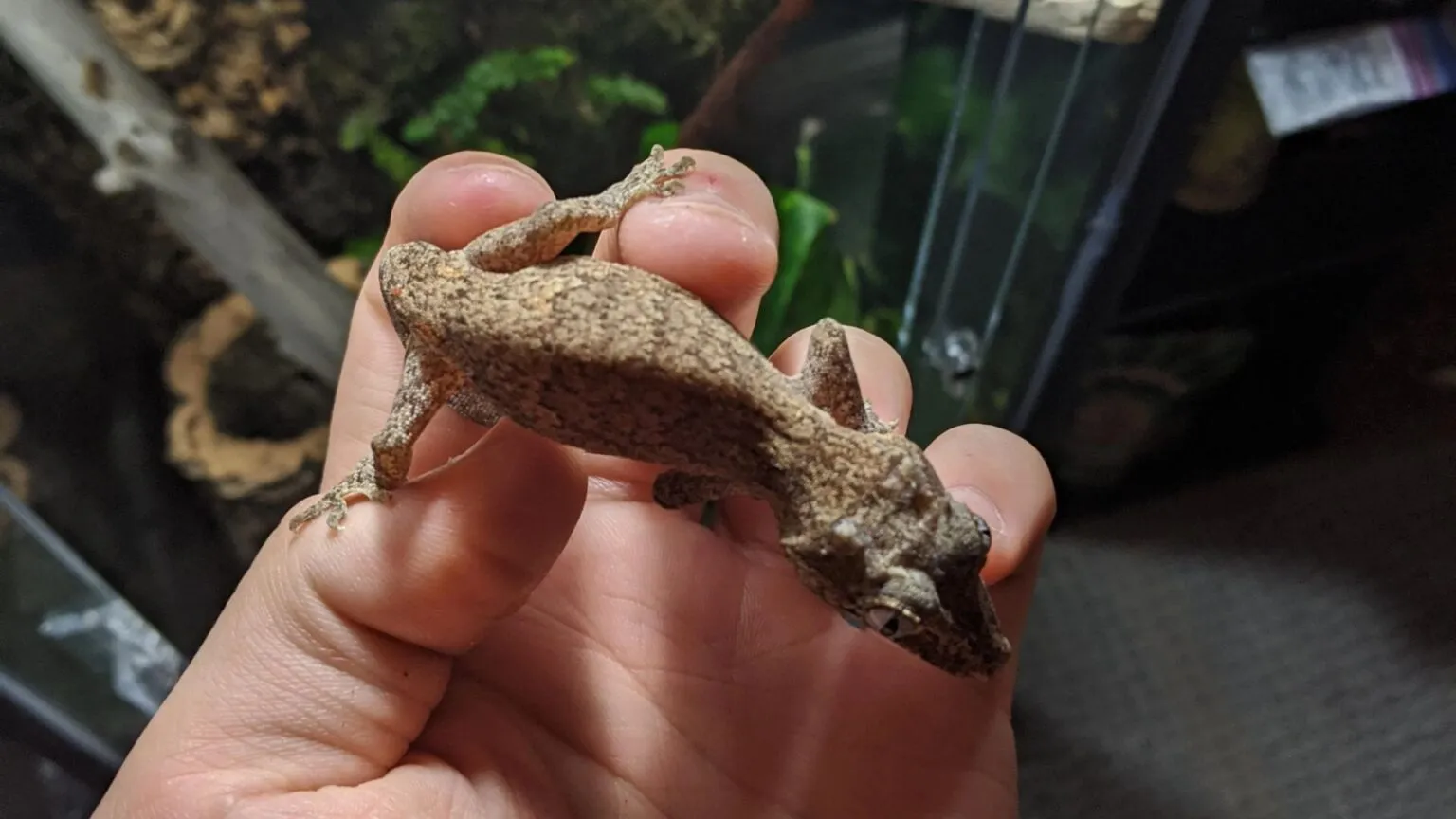
Tarantulas primarily hunt by ambushing their prey. They may sit at the entrance of their burrows or under cover, waiting for an unsuspecting insect or small animal to pass by. They use their venom to paralyze their prey before consuming it. Their diet consists of insects, other spiders, small lizards, and occasionally, small rodents or birds. They have strong chelicerae that are used to crush their prey.
Comparing the Combatants
To determine who would win in a fight, we must compare their physical capabilities, offensive strengths, and defensive strategies. The Tokay Gecko and the Tarantula are both well-equipped predators, but their strengths lie in different areas. A direct confrontation would be a fascinating display of predator-prey dynamics.
Size and Strength Comparison
Size plays a significant role in combat. While the specific size can vary by species, Tokay Geckos and Tarantulas are generally in the same size range. The Gecko, however, may have a slight advantage due to its muscular build and stronger bite force relative to its size. Tarantulas rely more on their size and the power of their venom rather than raw physical strength. The size difference would depend on the specific species involved, but typically they match closely enough.
Offensive Capabilities
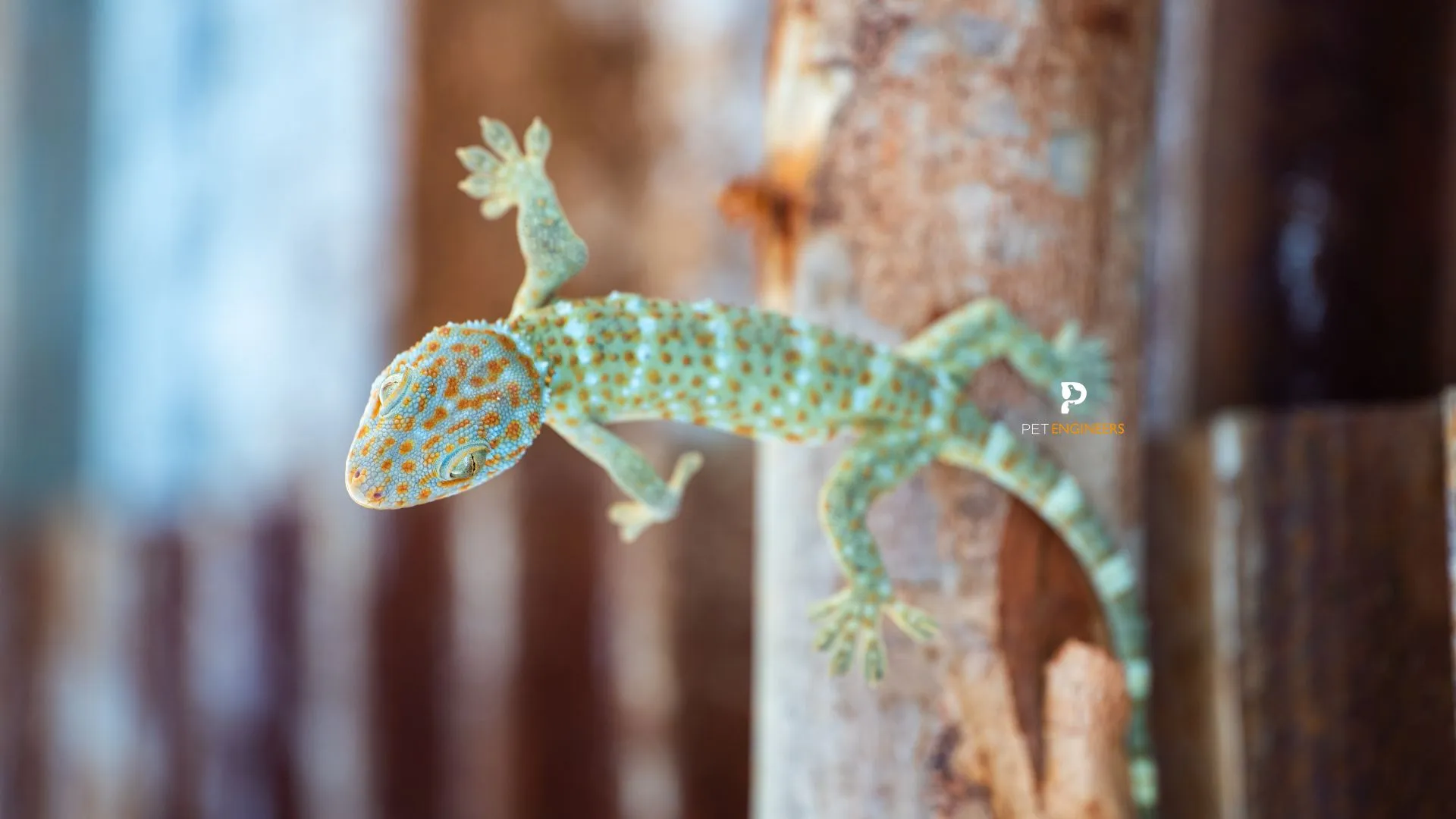
The Tokay Gecko’s primary offensive weapon is its powerful bite. They have strong jaws and sharp teeth, allowing them to inflict significant damage. The Tarantula’s offensive strategy is more diverse. They have venom that can quickly incapacitate prey. The fangs are capable of delivering a painful bite. Both possess advantages, the Gecko’s bite offers immediate physical harm, while the Tarantula uses the stealth of venom. Their hunting styles dictate their attack – the gecko going for the quick grab and hold, while the tarantula relies on a surprise attack.
Defensive Strategies
The Tokay Gecko has multiple defensive tactics. It can drop its tail to distract a predator and escape. Their thick skin offers some protection against bites, and their ability to cling to surfaces allows them to quickly move out of harm’s way. The Tarantula’s main defensive strategies include the release of urticating hairs and their potent venom, these provide a chemical deterrent to the predator. The tarantula also has the advantage of being able to retreat into its burrow if the battle turns against it. It’s a fight of quick reflexes versus chemical weapons and superior hideout skills.
Habitat and Environmental Factors
The environment in which the fight takes place could significantly influence the outcome. Both the Tokay Gecko and the Tarantula are adapted to specific habitats, and these adaptations play a critical role in their survival.
Tokay Gecko Habitat and Advantages

Tokay Geckos thrive in warm, humid environments, often found in forests, rocky areas, and human dwellings. Their ability to climb and navigate vertical surfaces gives them an advantage in many environments. They can quickly move across walls and ceilings, making it difficult for a tarantula to catch them. The gecko’s camouflage also plays a crucial role, enabling them to blend in with their surroundings and launch surprise attacks. If the fight is in a more vertical environment, the Gecko would have an edge due to its superior climbing abilities.
Tarantula Habitat and Advantages
Tarantulas typically live in burrows, under rocks, or in hidden locations. This defensive setup provides them with a safe haven and an opportunity to ambush prey. Their burrowing behavior allows them to escape from predators. The size of the tarantula provides a natural defense, making it harder for the gecko to get a hold of it. In a habitat that favors ground combat and the tarantula’s established home, the spider would likely have the edge due to its defensive capabilities and ambush strategy.
The Fight Analysis
Predicting the outcome of a Tokay Gecko versus Tarantula fight requires considering several factors and possible scenarios. The key is the type of attack and the defensive capabilities of each animal. Two potential scenarios illustrate the possible outcomes of the battle.
Likely Fight Scenario 1
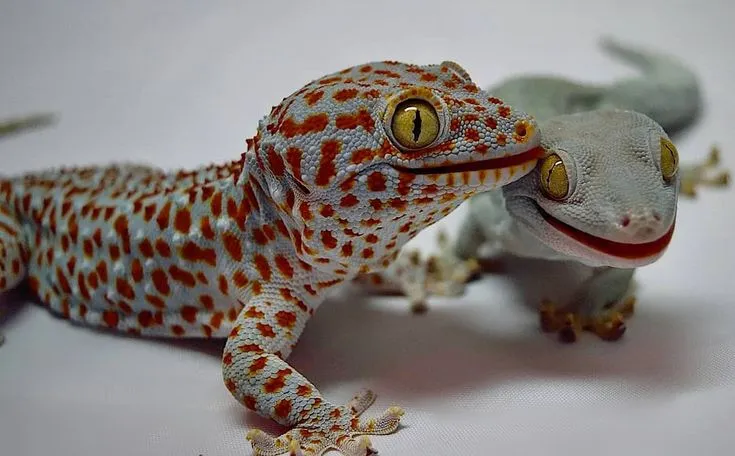
In an open, ground-level encounter, the Tarantula might have the initial advantage. If the Gecko is not careful, the tarantula might be able to launch a quick attack, injecting venom. The venom could potentially incapacitate the gecko, allowing the tarantula to win. However, the Gecko’s agility and the possibility of a quick bite to the vital area could change the tide. In this case, the bigger and more venomous tarantula could potentially win, but the gecko can change the outcome with a quick bite.
Likely Fight Scenario 2
If the fight occurs in a more vertical environment, such as on a wall or tree, the Tokay Gecko would likely have the advantage. Its ability to quickly move around and cling to surfaces would allow it to evade the tarantula’s attacks and potentially launch its own. The Gecko’s bite could prove fatal if it finds a way to bite the tarantula. If the fight goes this way, the Gecko would probably have the advantage due to its superior climbing abilities and the strength of its bite.
Who Ultimately Wins
Determining the ultimate winner in a Tokay Gecko versus Tarantula fight is difficult because the outcome depends on numerous factors. However, the most likely scenario is one where the environment and initial circumstances play a significant role.
Factors Determining the Winner
The environment is perhaps the most critical factor. If the battle takes place on the ground, the tarantula might have an edge due to its venom and defensive strategies. If the fight takes place on a vertical surface, the Tokay Gecko is more likely to win. The element of surprise is also crucial. The first predator to land a successful attack could potentially gain the upper hand. The relative size and the specific species involved would also matter; a larger Tokay Gecko would have a significant advantage. The tarantula’s ability to inject venom quickly and how close the Gecko is will also determine who wins.
Final Verdict
Based on these factors, it is difficult to give a definitive answer. However, in a straight-up fight, the tarantula could win if it can inject its venom. But, in a more dynamic environment, the Tokay Gecko would be favored. The overall answer depends on the specific circumstances of the fight, but both animals are formidable opponents. The winner would depend on their environment, the type of attack, and which predator gets the first successful strike. The encounter between a Tokay Gecko and a Tarantula would be a fascinating battle for survival, and the outcome would be anything but certain. The gecko’s strength and bite, and the tarantula’s venom and defensive tactics, would make it a fight worth watching.
